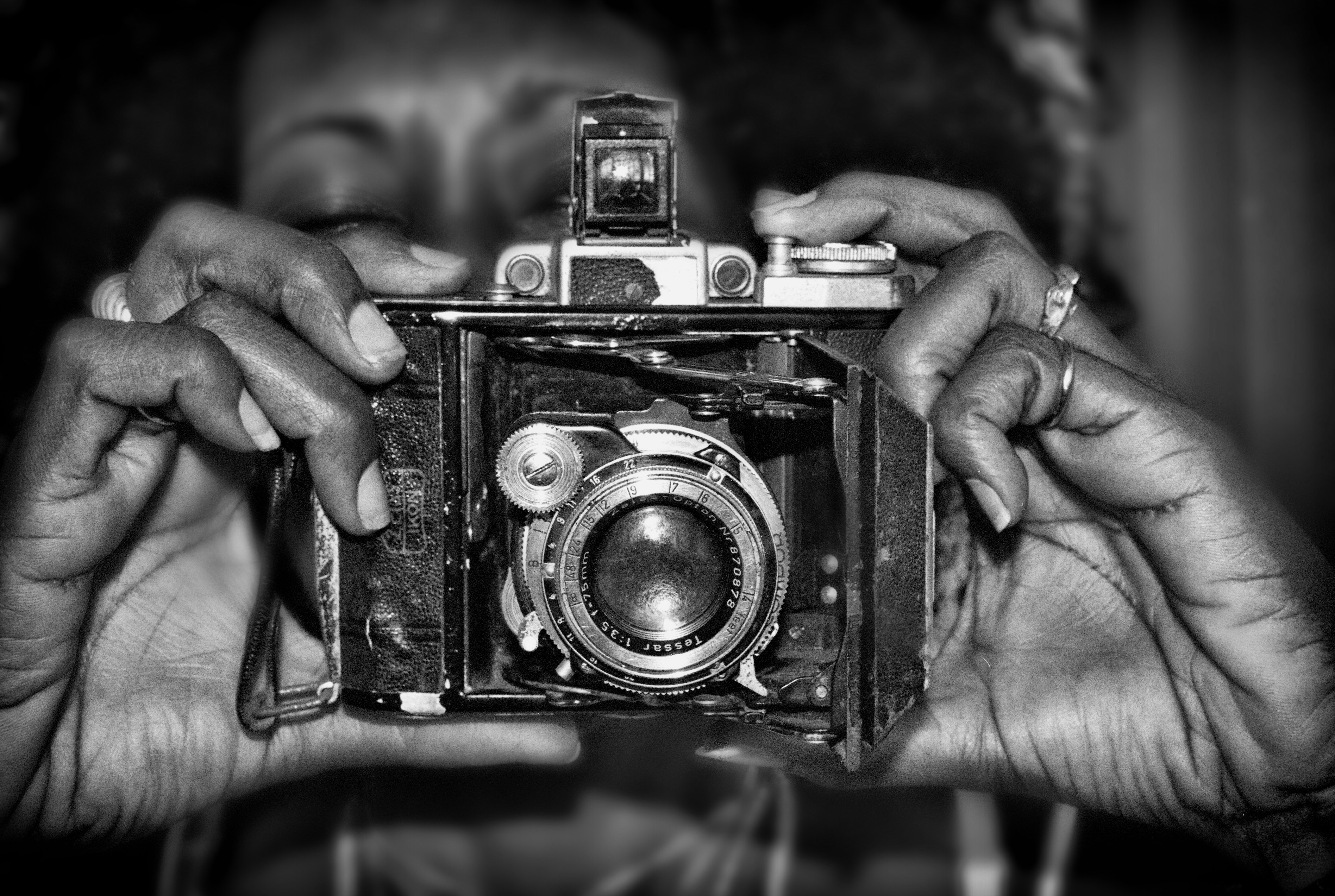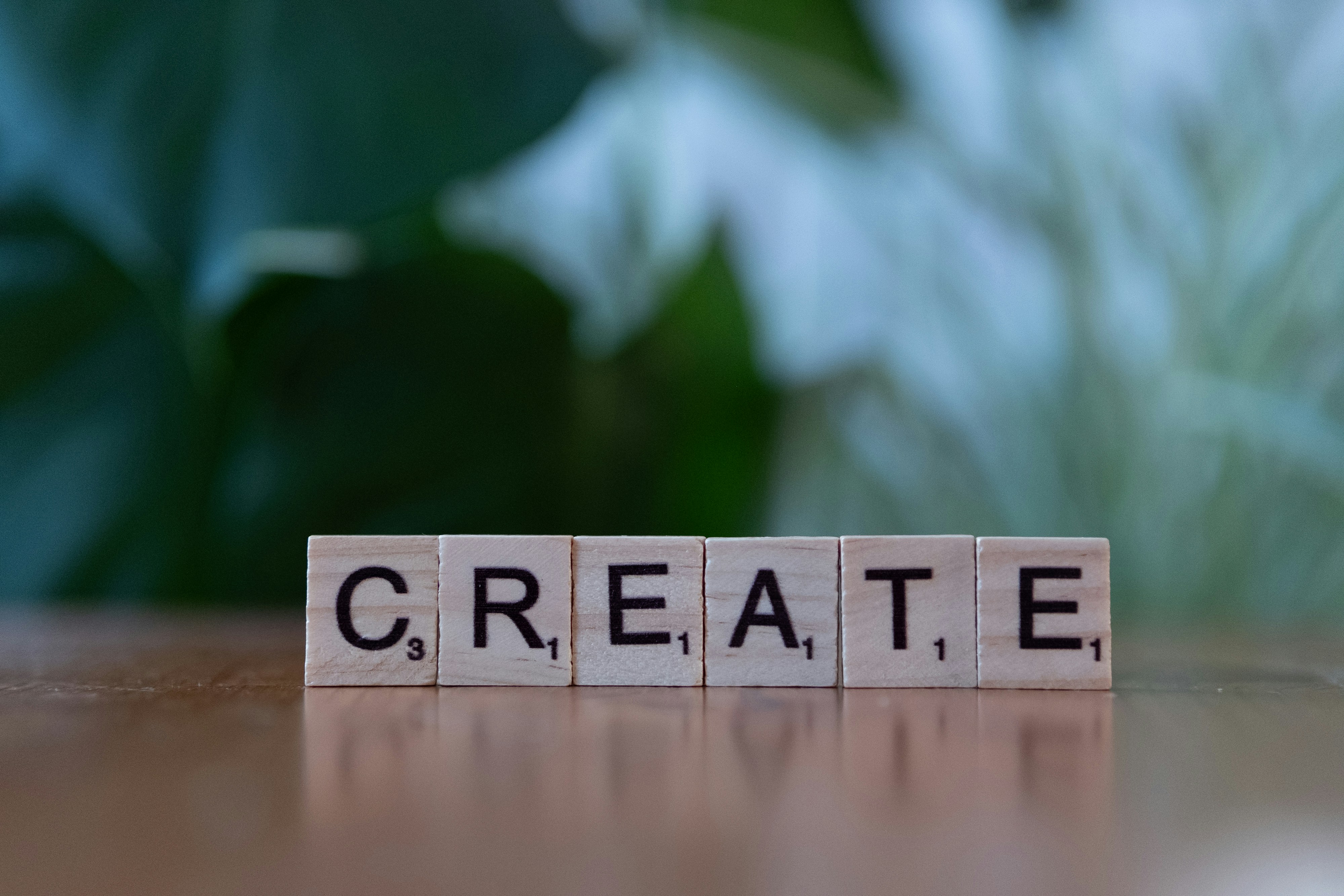Beyond the Lens: Virtual Reality Revolutionizes Photography Gear
In today’s fast-paced digital age, photography has become more than just a hobby; it's an art form. As enthusiasts and professionals alike continue to explore the infinite possibilities of capturing the world around them, the integration of interactive virtual reality (VR) tools is transforming how we approach photography composition and gear selection. If you haven’t explored this intersection of technology and creativity, you're in for a compelling journey. Let’s dive into how VR is reshaping our understanding of photography, making it more intuitive, creative, and accessible.
The Rise of Interactive Virtual Reality in Photography
Photography has always been an intuitive art, guided by the fundamental principles of composition, light, and storytelling. However, the introduction of virtual reality has changed the landscape. Imagine being able to walk through a digitally recreated scene in a 360-degree format before even picking up your camera. VR offers photographers an immersive platform to visualize their compositions and gear choices, breaking away from the constraints of traditional photography.
As reported by Harvard Business Review, innovative technologies like VR enable creators to experience spaces as if they were physically present. This transformation allows photographers to hone their skills, practice their craft, and experiment without the fear of making mistakes. Not only does it provide a safe space for exploration, but VR can also help artists refine their unique styles.
Enhancing Composition Skills Through VR Tools
One of the most significant benefits of using VR in photography is the natural enhancement of composition skills. Traditional photography training often involves tedious practice with limited feedback. In contrast, VR tools can simulate a variety of lighting conditions, elements, and angles, enabling photographers to experiment freely.
For example, you might find yourself reviewing a digitally recreated landscape and adjusting the framing or perspective before taking the shot. By changing distances, angles, and even the aperture of your virtual camera, you can virtually experiment with different compositions and understand how these elements interact. This experience directly translates into real-life photography, leading to more thoughtful and compelling shots.
The Future of Gear Selection
In today's market, photographers face an overwhelming range of gear choices—from lenses to tripods to filters. Selecting the right equipment for specific situations can be daunting, often leading to the paradox of choice, where too many options result in decision paralysis. However, VR tools provide a clear solution: they allow creators to try out different gear configurations virtually.
Imagine testing out a heavy telephoto lens in a 360-degree environment to gauge how it might impact your convenience and shooting style. By engaging with gear in a simulated setting, photographers can make informed choices, reducing the likelihood of buyer's remorse and enhancing the overall shooting experience. In this respect, gear selection becomes a more interactive and intuitive process, guiding users to the equipment that best fits their creative vision.
Bridging the Gap Between Technology and Emotion
With advancements in VR technology, photographers can not only learn about composition and gear but also harness tools that enhance the emotional components of their work. For example, virtual environments can be specifically tailored to simulate various atmospheres, allowing users to experiment with how lighting and color ultimately shape the mood.
The principles of color theory play a critical role in this context. By using VR tools to visualize combinations, photographers can make informed decisions about how to evoke particular feelings through their images. This builds a more profound connection between the photographer's artistic intent and the viewer's emotional reception, leading to more impactful photography.
Learning from Industry Experts
Another exciting aspect of integrating VR into photography is the ability to learn from professionals in real-time. Virtual workshops and tutorials hosted by experienced photographers and educators are now accessible from the comfort of your home. These immersive experiences offer hands-on practice in realistic settings, ensuring that lessons on composition and gear selection resonate deeply.
Moreover, attending digital seminars focusing on artistic techniques can teach you about various photographic styles and cultures. Workshops can immerse participants in environments that highlight cultural narratives, guiding photographers to approach their projects with newfound respect and understanding. Such learning paths can lead to more authentic storytelling through photography.
The Power of Community and Collaboration in VR
An essential element of photography lies in community; the collaboration, critique, and camaraderie foster growth. Virtual reality encourages this communal aspect by breaking geographical boundaries. Photographers can join others in a shared VR space, exchanging ideas and feedback on compositions and techniques.
Communal feedback within VR can fill critical gaps between learning and application. Engaging in interactive critiques can be incredibly helpful, offering perspectives that may illuminate blind spots in a photographer’s work. Such collaborative experiences might inspire new approaches or techniques, leading to growth that’s difficult to achieve in isolation.
Embracing the Human Element: Photography Beyond Technology
While technology plays an indelible role in modern photography, it is critical to remember that the core of this art form is rooted in human experience and emotion. Photographers capture fleeting moments, feelings, and stories that resonate with viewers. The essence lies in the unique lens through which each individual sees the world.
Incorporating tools like VR should enhance this human component rather than overshadow it. As you embrace these innovations, consider how you can integrate technology into your unique style, ensuring that it serves to convey your artistic vision rather than dictate it.
As you navigate the evolving world of photography, don't forget to experiment with different gear setups, lighting conditions, and storytelling methods. For tips on integrating gear choices with emotional storytelling, check out our piece on unleashing emotional storytelling through color theory.
Final Thoughts: Your Photography Journey Begins Here
The story of photography is one of evolution—shifting from pure instinct and skill to a realm enriched by technology. With the integration of virtual reality tools, photographers now have the opportunity to revolutionize their composition and gear selection processes in ways that were once unimaginable.
By embracing these advancements, you can cultivate a deeply personal photographic style, merging the technical with the artistic. Whether you’re a budding photographer or an established artist, the ability to visualize, experiment, and engage with your craft opens endless possibilities. Ready to expand your photography horizons? Start integrating VR tools today and witness the difference in your work.
Invest in your journey and ensure that every frame tells a compelling story. Dive deeper, learn continually, and let your creativity soar. There’s a vibrant world waiting to be captured, just beyond the lens.










